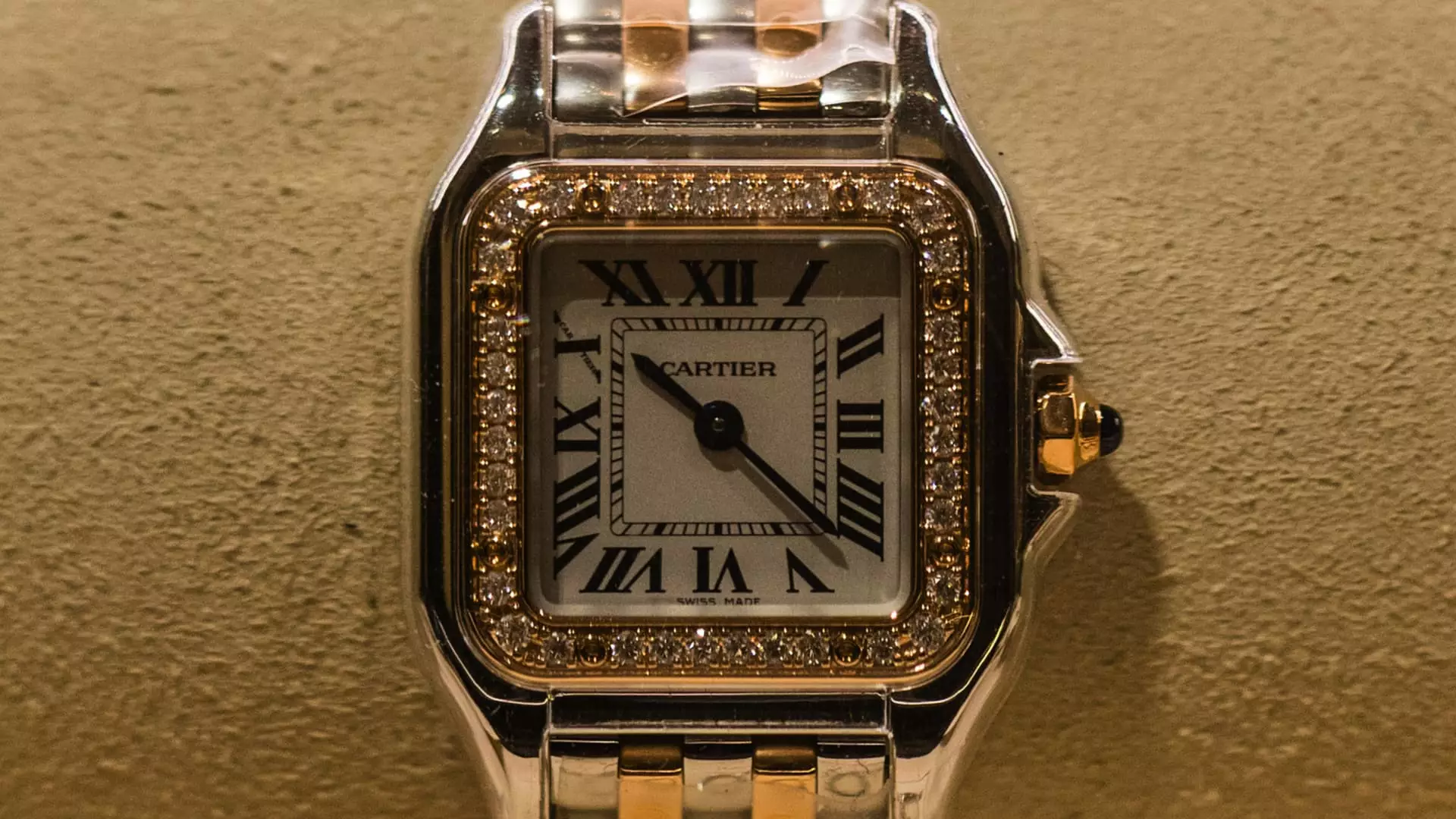In an astonishing twist, luxury retail giant Richemont, the parent company of jewelry labels like Cartier, has announced surprisingly robust sales during a quarter typically fraught with economic apprehension. Reporting a year-on-year rise of 7% in fourth-quarter sales, Richemont generated €5.17 billion ($5.79 billion), surpassing analyst projections. While elsewhere in the economy, consumers are tightening their belts due to inflation and geopolitical tension, the affluent demographic remains largely unconcerned, continuing to indulge in extravagant purchases. This stark disparity prompts an important reflection on the socio-economic divides amplified by the current state of global affairs.
Sustainability Amidst Declines
Interestingly, while Richemont revels in the success of its Jewellery Maisons segment — which includes much-lauded brands like Cartier and Van Cleef & Arpels — other divisions such as its specialist watchmakers have floundered, particularly within the Asia-Pacific market. A staggering 23% plunge in sales in China serves as a sobering reminder that even luxury brands are not immune to regional economic travails. Japan, in contrast, has reported a financial high, fueled by both domestic spending and increased tourism, signifying a complex tapestry of different luxury markets operating under varied conditions. This brings to light a crucial consideration: that the luxury sector is not a monologue but rather a multi-faceted conversation influenced by diverse regional phenomena.
Global Headwinds and Pricing Power
Despite Richemont’s solid performance, financial analysts are keeping a wary eye on impending risks. Factors such as volatile gold prices, substantial U.S. tariffs, and fluctuating foreign exchange rates pose potential challenges that could dampen the sector’s allure. Notably, the strength of the Swiss Franc coupled with a weakened U.S. dollar complicates matters for global luxury brands. What remains striking is the assertion from BofA Global Research that Richemont’s inherent pricing power may act as a buffer against these economic hurdles. This situation ignites a debate around elitism in consumer choices, particularly in a time when many people are feeling the pinch. Can luxury brands thrive amidst such stark economic disparities?
The Illusion of Security
Richemont Chairman Johann Rupert highlighted an essential truth when he noted, “ongoing global uncertainties will continue to require strong agility and discipline.” There’s an unsettling air of irony in this statement; while the luxury sector paces ahead, it simultaneously dances perilously close to a cliff of economic volatility. The confidence displayed in financial reports feels almost disconnected from the reality faced by everyday consumers who struggle with basic needs. This dichotomy invites a critique of the aspirational lifestyle marketed by luxury brands.
Drawing from the evident dissonance in consumer behavior, it’s apparent that a lingering question surrounds the future trajectory of luxury spending. Will the glimmer of high-end products continue to lure buyers even as the ground beneath them shifts? A luxury market propped up by high-net-worth individuals, while the majority experiences economic precarity, presents a concerning picture. It compels a necessary examination of values, sustainability, and what it means to thrive in an environment rife with complexity and, often, considerable discomfort.
This landscape necessitates not just agility from brands, but also an introspection about their role in a society where economic disparities continue to deepen, challenging the very essence of luxury and consumerism itself.


Leave a Reply